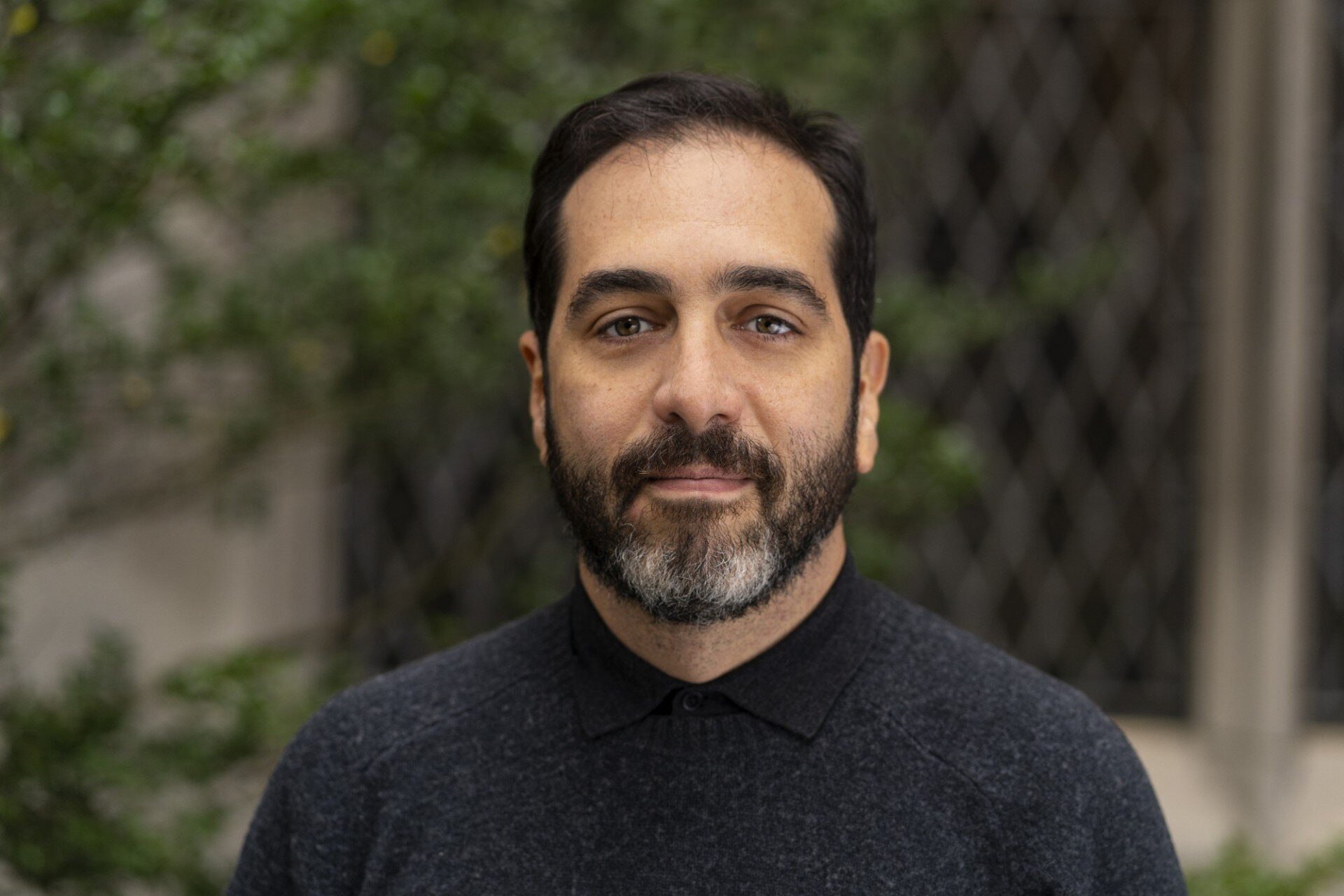Jordan’s terrain is traced by pathways older than memory—a land formed by movement. Caravans once crossed its desert basins, monks withdrew into sandstone valleys, families migrated with the seasons, and pilgrims shared bread and stories under endless sky. Even far from Petra’s grandeur or Mount Nebo’s biblical horizon, another Jordan invites a slower encounter, where discovery arises not from spectacle but from silence and the steady rhythms of local life.
The five places that follow—often overlooked or unknown—reveal this subtler landscape. Together they form a constellation of experience where walking, listening, and staying become acts of orientation, mapping not territory but inner space.
1. Lot’s Cave and the Ghor es-Safi Basin
Location: near modern-day Ghor es-Safi, southern Dead Sea region

High above the low plains of the Jordan Valley, a narrow trail leads to a cave overlooking ancient salt flats. Archaeology places settlement here in the Bronze Age; later, Byzantine monks built a basilica with mosaic floors around what they believed to be Lot’s refuge.
Yet beyond its layers of history, the enduring power of this place lies in the landscape itself: the mirror of the Dead Sea below, the stillness of the valley, and the sparse generosity of the Ghor communities. Pilgrims and walkers describe sensations more than stories—heat, salt, silence, and the weight of being below sea level. Altitude turns inward here; descent becomes contemplation.
2. Umm ar-Rasas: A Crossroads of Pilgrims
Location: east of Madaba, on the semi-arid plateau
Once a Roman frontier post and later a thriving monastic center, Umm ar-Rasas now stands mostly deserted. Stone towers rise from the steppe beside churches whose mosaics reflect centuries of faith and craftsmanship.
The plateau’s vastness, crossed by shepherd paths and dotted with dry wells, invites an uncluttered mind. Many who walk here speak of a cleansing spaciousness. The ruins, half-buried and open to the wind, offer lessons in endurance and impermanence—how communities once held faith amid scarcity, and how silence itself can become a form of prayer.
3. Wadi Hidan: Black Basalt and River Silence
Location: between Madaba and the Dead Sea

Photo ©Ghassan Sela
Cut deep into dark basalt, Wadi Hidan forms a hidden canyon of cool springs, fig trees, and birdsong. Less visited than nearby Wadi Mujib, it remains a pocket of solitude and ecological richness.
Bedouin families recall it as a refuge—shaded in summer, invisible from the plateaus above. For today’s travelers, descending its steep walls feels like entering another tempo. The body slows; sound softens. Immersion in water, pause, and ascent mark a rhythm as old as ritual.
There are no shrines here, no relics or altars. Yet those who come often speak of quiet transformation—a renewed attention to breath, gravity, and the fragile harmony between movement and stillness.
4. Mukawir: Stone and Silence on the King’s Highway
Location: east of the Dead Sea, near Dhiban
Crowning a ridge high above the rift valley, Mukawir—ancient Machaerus—once commanded the trade routes linking Arabia and the Mediterranean. Now its ruins lie open to wind and light. Thornbushes twist among fallen stones, and only the air seems to speak.
The climb to the summit follows worn steps carved into rock. From the top, the Dead Sea glimmers in the west, and the desert spreads like parchment. Here, memory and legend converge: John the Baptist’s final witness is said to have unfolded within these walls. But Mukawir’s meaning is quieter than its history. It feels less like a destination than a threshold—a moment to pause, to measure one’s own presence against the immensity of land and sky.
5. Dana: The Long Walk Between Past and Present
Location: Dana Biosphere Reserve, south-central Jordan

Dana is not a single site but an entire world of contours and time. Its cliffs, valleys, and terraces hold traces of millennia—villages of stone, ruins of copper mines, abandoned chapels, and pathways now woven into the 650-kilometer Jordan Trail stretching from Um Qais to Aqaba.
The Ottoman-era village clings to the mountainside, overlooking a reserve where ecosystems shift with altitude: highland oak, desert acacia, echoing wadis. Hikers crossing it speak of gradual revelation—days without signal, shared meals under canvas, a slow tuning of body to earth. Dana teaches continuity: people have walked here for thousands of years, and their footsteps remain part of the terrain.
A Map Drawn by Silence
These lesser-known sanctuaries are not monuments of spectacle but places shaped by erosion, endurance, and hospitality. They remind travelers that faith—whether personal or communal—often resides in the ordinary textures of land and time.
To walk in Jordan’s quiet geographies is to engage with an ancient dialogue between stone and spirit. Each step becomes an act of remembrance: of those who crossed before, of the generosity that still greets strangers, and of the silence that teaches more than words.
Here, pilgrimage is not a journey toward a single shrine but an unfolding awareness. The path itself is the prayer, the landscape the liturgy. In these spaces—Lot’s cave, the steppe of Umm ar-Rasas, the basalt canyon of Hidan, the windy summit of Mukawir, and the long valleys of Dana—the traveler discovers that the sacred is not confined to temples or miracles. It lies in the simple act of moving with humility through a land that has never stopped welcoming those who seek.




